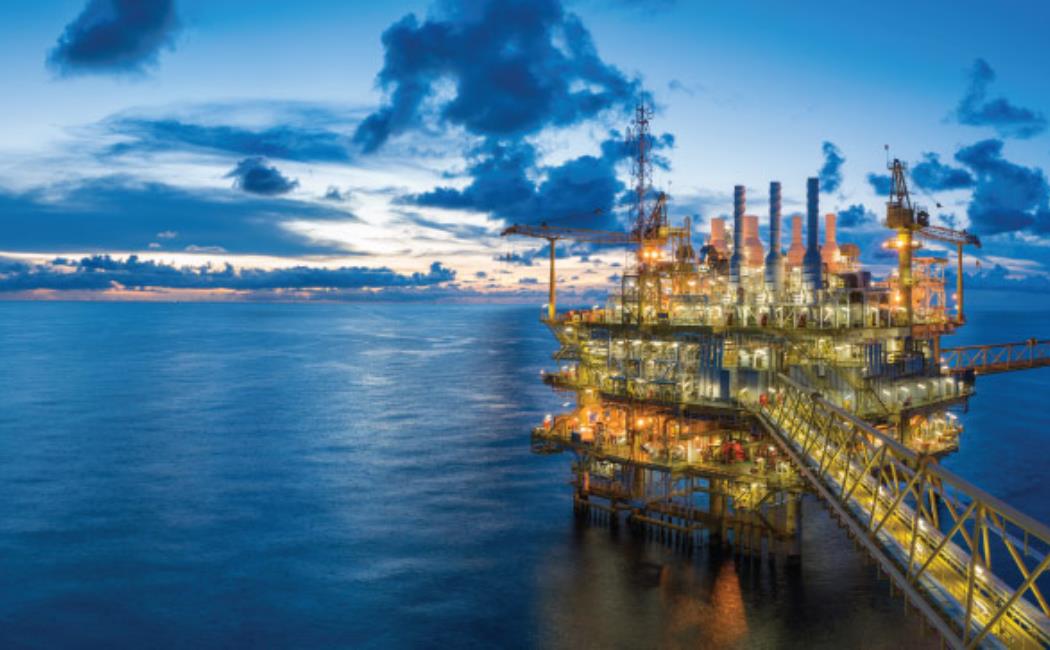Industrial-scale injection of gases into geological rock reservoirs is of increasing importance for the energy sector for uses ranging from flushing out remaining fossil fuels to locking away CO2 emissions and preventing them from contributing to climate change. Computational modeling and theoretical calculations undertaken by KAUST researchers can offer new insights into the key interactions of injected gases with other fluids in the reservoir, as well as interactions with the rock itself.
“Many countries, including Saudi Arabia, aim for net zero carbon emissions, and the focus is on initiatives in the energy sectors to achieve this reduction,” says KAUST's Shuyu Sun. “In practice, CO2 can be separated from industrial exhausts and stored in depleted reservoirs.”
The injection of CO2 has often been combined with enhanced oil recovery (EOR), Sun adds. “The injection of gas into the reservoirs can improve oil recovery by swelling the oil and reducing its viscosity and interfacial tension,” Sun says. Understanding how the different fluids behave and interact is crucial for EOR processes, he adds. “We have identified, at the molecular level, the effect of temperature, pressure, oil type, gas type and brine type on these fluid-fluid interactions,” Sun says.
In their latest study, the team studied the use of nitrogen gas for EOR, explains co-author Arun Narayanan Nair. “Nitrogen can be obtained easily from air, using processing plants deployed in the field,” Narayanan Nair says. “It has been utilized for EOR owing to its noncorrosive and cost-effective properties.” Nitrogen will only mix with oil under high pressure, so is usually injected to displace the oil from the reservoir, improving oil recovery.
Sun’s team used theoretical calculations to predict the properties of the oil/nitrogen system in bulk and at the interface between the two components in the mixture. These calculations were complemented by molecular simulations. “We found a direct correlation between the solubility of nitrogen in the oil-rich phase and the swelling of the oil-rich phase, which is a key factor for enhanced oil recovery,” Narayanan Nair says. “We also found that there was no significant effect of oil chain length and chain branching on the interfacial enrichment in nitrogen, which is consistent with experimental data,” he adds.
Understanding the interaction between nitrogen and hydrocarbons is of interest beyond EOR, Sun adds. “It is also useful to know the impact of impurities like methane and nitrogen on CO2 storage,” he says.
